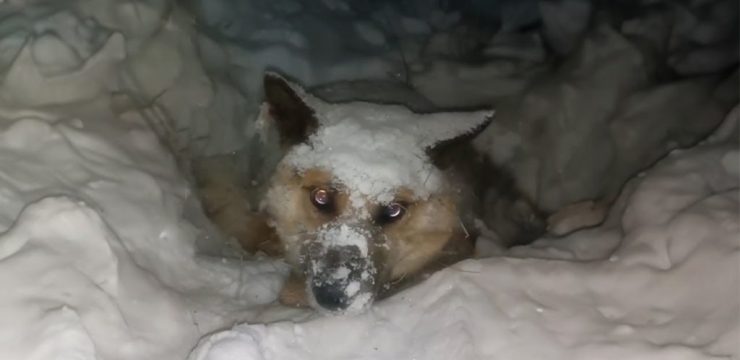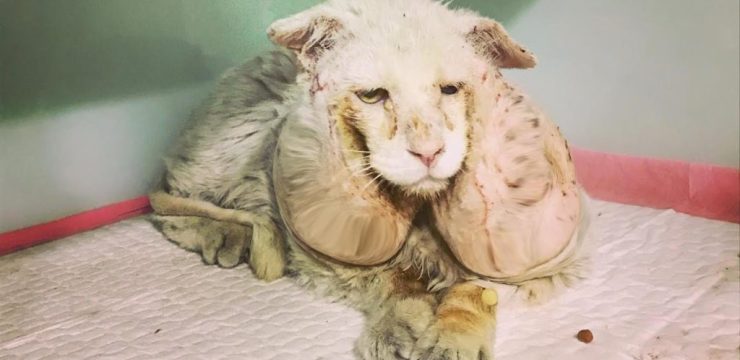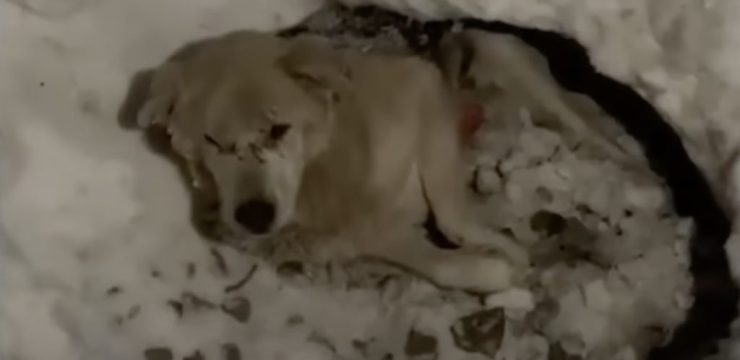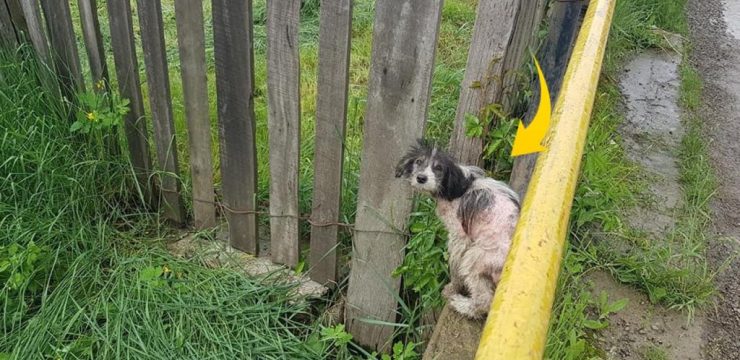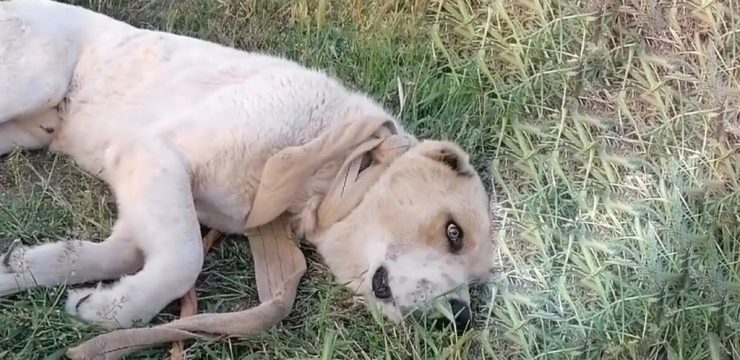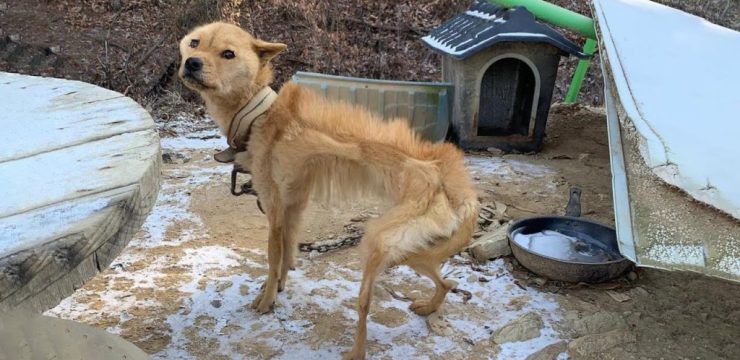Animals are truly fascinating, each having unique features that set them apart. While we often identify animals by their size, color, or prominent characteristics like fur or eyes, how about trying something different? Can you recognize an animal just by its nose? It sounds simple, but it’s actually more challenging than you’d expect. Only the most observant animal lovers will be able to tackle this fun quiz!
In this article, we’ll take a closer look at some of the world’s most interesting animal noses. Get ready for a delightful test of your knowledge!

How Well Do You Know Animal Noses?
Let’s face it—most of us are used to identifying animals by their whole face or body. But focusing solely on a nose? That’s a different kind of challenge! Noses in the animal kingdom vary greatly in shape, size, and even function. They play a crucial role in helping animals survive, whether it’s sniffing out food, detecting predators, or identifying mates.
Here’s a list of some intriguing animal noses. See how many you can identify!
- Lion, Puma, or House Cat?
- This nose is broad and pink with distinctive black spots, belonging to a majestic creature known for its roar and impressive mane.
- Answer: Lion.
- Beaver, Chinchilla, or Capybara?
- This small, rounded nose sits against coarse, brown fur and seems to belong to an animal that loves water.
- Answer: Capybara. Capybaras are the world’s largest rodents, commonly found near bodies of water in South America. Their noses help detect scents both in and out of water.
- Alpaca, Camel, or Donkey?
- A long, wide nose covered in thick fur—perfect for enduring dry, harsh climates.
- Answer: Camel.
- Sea Lion, Otter, or Ferret?
- This nose is wet and slightly triangular, indicating a creature that spends much of its life in the water.
- Answer: Otter.
- Anteater, Elephant, or Tapir?
- A long, flexible nose resembling a mini trunk, designed for reaching food and navigating dense vegetation.
- Answer: Tapir. Tapirs use their prehensile snouts to grab leaves and fruits, much like an elephant’s trunk.
- Skunk, Raccoon, or Badger?
- A small, dark nose associated with an animal famous for its scent-based defense mechanism.
- Answer: Skunk.
- Bear, Panda, or Koala?
- This large nose is attached to a cuddly creature that loves bamboo.
- Answer: Panda.
- Horse, Moose, or Zebra?
- A wide, flexible nose often seen in tall grasses on the African savanna.
- Answer: Zebra. Zebras rely on their sense of smell to detect predators from afar.
- Deer, Goat, or Sheep?
- A nose that’s suited for nibbling on vegetation in rocky terrain.
- Answer: Goat.
- Lemur, Coyote, or Wolverine?
- A small, black nose that belongs to an agile creature with large, expressive eyes.
- Answer: Lemur. Native to Madagascar, lemurs use their noses to identify food, family members, and navigate their surroundings.
- Dog, Fox, or Red Panda?
- A wet, cold nose that’s always sniffing the ground for scents.
- Answer: Fox.
- Guinea Pig, Hare, or Rabbit?
- A small, twitchy nose found on a creature that loves hopping around and nibbling on carrots.
- Answer: Rabbit.
- Buffalo, Yak, or Bison?
- A large, powerful nose belonging to a grazing giant of the grasslands.
- Answer: Bison.
- Snake, Sea Turtle, or Lizard?
- A pointed snout often paired with a flicking forked tongue.
- Answer: Snake.
- Mink, Snow Leopard, or Arctic Fox?
- A small, pointed nose belonging to a predator of snowy landscapes.
- Answer: Arctic Fox.
Conclusion
How well did you do? Whether you guessed a few or got them all right, this nose-focused quiz is a fun reminder of the amazing diversity within the animal kingdom. From the deserts of Africa to the rainforests of South America, each animal’s nose tells a unique story about its environment and survival strategies.
Next time you encounter an animal, take a closer look at its nose—it might just teach you something new about its habits and lifestyle!
